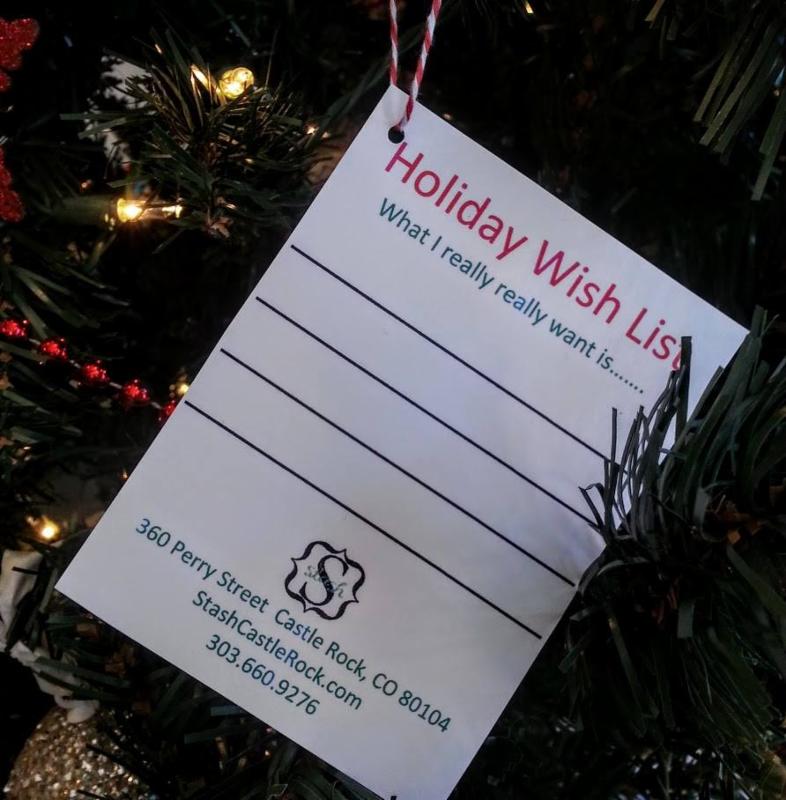There are a few different ways to block your project once it's finished. The two most common are wet-blocking and steaming. Occasionally I will steam block, but I prefer wet blocking and do this about 99% of the time.
Learn how I wet block at the end of this post!
I often am asked if blocking is really necessary. My answer is always "ABSOLUTELY!" it's the finishing touch on your project. Wet blocking is immersing your project in water and wool wash (we love Kookaburra), which opens the fibers making them bloom. They become softer and smoother.
Another reason I believe wet blocking is important: wet blocking = washing. Think of all the places your project has been while you were working on it: in the car, at the doctor/dentist office, used as a dog pillow, on an air plane, etc. We'd be fools not to wash it!
Blocking also evens out your stitches, which is especially true for stitch patterns such as lace and stranded color work which need wet blocking to smooth out the stitches to show the true nature of the pattern.
Here are a few tools available at Stash to help with blocking:
Knitter's Block The Knitter’s Block is a set of 12” square blocking tiles that snap together like pieces of a puzzle. The Original Knitter's Block kit contains 9 tiles, an instruction pamphlet, 30 t-pins, and 36" × 36" 100% cotton pressing cloth
Sweater Care Kit The Sweater Care Kit contains everything you need for handwashing and blocking your hand-knit items and all of your fine hand-washables. The kit is perfect for blocking seamless sweaters or accessories which do not require pinning. Kit contains: two fine mesh, zippered laundry bags (small: 8" × 12 × 8", large: 8" × 22" × 8"), one large super-absorbent towel, one super-absorbent grid towel, inches and centimeters on opposite sides, one mesh pop-up dryer, a bottle of unscented Eucalan wash, and the jute bag

Knitter's Keep A silicone slap bracelet fits any size wrist and sports a brushed steel-plated magnet. Nickel-plated accessories attach to the magnet to keep what you need where you need it most. Like T-pins used in blocking! Kit includes: One silicone slap bracelet, 10 large round stitch markers,10 small round stitch markers,10 opening stitch markers, 2 cable needles, 2 curved-tip tapestry needles. T-pins not included, but you can get them at Stash!
How to Wet block:
You will need: 1 towel, wool wash (we love kookaburra), a blocking surface (we use the Knitter's Block kit) or a large towel will work, stainless steel pins, and a tape measure
Directions:
1. Fill sink with cool/cold water and add wool wash. Soak project for 10 - 15 minutes to get the fiber saturated. Do not fuss with the project too much, you don't want it to felt!
2. Remove item from the sink and gently squeeze out as much water as you can. Do not twist or ring.
3. Lay a clean, dry towel on the floor and lay your project on it. Roll the towel up into a tube and press down on it to get as much excess water out. I like to step on the towel to really get as much water out as I can.
4. Unroll the towel and set aside. Begin blocking by laying out the piece in the general shape and size it should be. Use any given measurements in the pattern as a guide for sizing
5. Once pinned i place, let it dry completely. Once dry, unpin your piece, finish any weaving in of ends, or other finishing work, and wear or gift with pride!




























